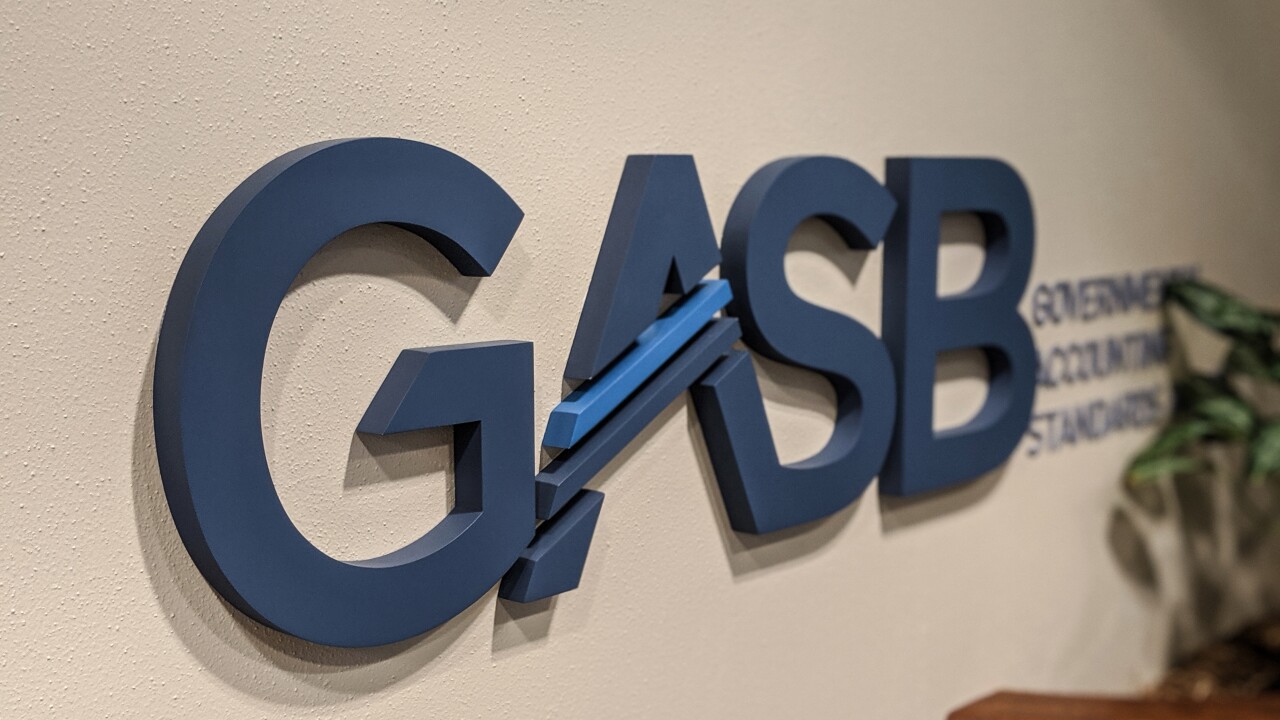
DALLAS — Researchers at Wayne State University in Detroit are partnering with specialists from two other universities in a long-range study of the development and future vision for high-speed rail in the United States.
Anthropologists, sociologists, and urban planners will participate in the two-and-a-half year study of the perceptions and choices available to lawmakers and riders relative to train and rail infrastructures.
"We're going to be looking into how Americans imagine, or think about, high-speed rail," said Allen Batteau, a cultural anthropologist and associate professor of anthropology at Wayne State who is leading the study.
"The motive force of high-speed rail in America is primarily the imagination, imagining that America might catch up with other nations," Batteau said. "As with any technological breakthrough, the vision drives the engineered reality."
Other partners in the $590,000 U.S. research project include the University of Michigan and Drexel University in Philadelphia.
The U.S. study is part of an international research project funded by Mobile Lives Forum, an institute created by the National Society of French Railways.
Researchers will interview commuters as well as government officials, transportation specialists, and urban planners to determine what motivates their choices and opinions of rail and train infrastructure, Batteau said.
"The opinions on high-speed rail are all over the place, even though we're just in the very earliest stages of this study," Batteau said. "Some people strongly support it because of their experiences with fast trains in Europe or China, while others are against it because high-speed rail involves government spending."
Co-investigator Mimi Sheller, a sociologist at Drexel University and director of the Center for Mobilities Research and Policy, said high-speed rail is at a crossroads in the U.S.
"Cities all along the Northeast Corridor are aligning their growth plans in the context of expected investment in higher speed rail infrastructure;" she said.
"It remains to be seen whether this will come to pass or not, which makes this the key moment to study how railway futures are shaped," Sheller said.
Batteau said high-speed rail projects in the U.S. may be affected by what he called "pluralistic ignorance."
"That means someone may privately support high-speed rail but then hesitate to say that publicly because they think everyone else is against it," Batteau said. "It is entirely possible that we'll find high-speed rail has a great deal of support or very little support in America, but we won't know that until we complete the study and get a more comprehensive picture."
Investments in high-speed rail involve billions of dollars, and that's why this study is so important, Batteau noted.
"Transportation infrastructure is a public good, but public good has become a difficult sell in the U.S.," he said. "When people understand the shared benefit, it can become less difficult."
The California High-Speed Rail Authority last week released an environmental report on a 114 mile segment of its proposed 520 mile high-speed rail system that will be funded in part with $8 billion of state general obligation bonds.
Other U.S. proposals include a privately financed line in Texas between Dallas and Houston, and Amtrak's plan to eventually operate trains at speeds up to 220 miles per hour between Washington, D.C., and Boston.





